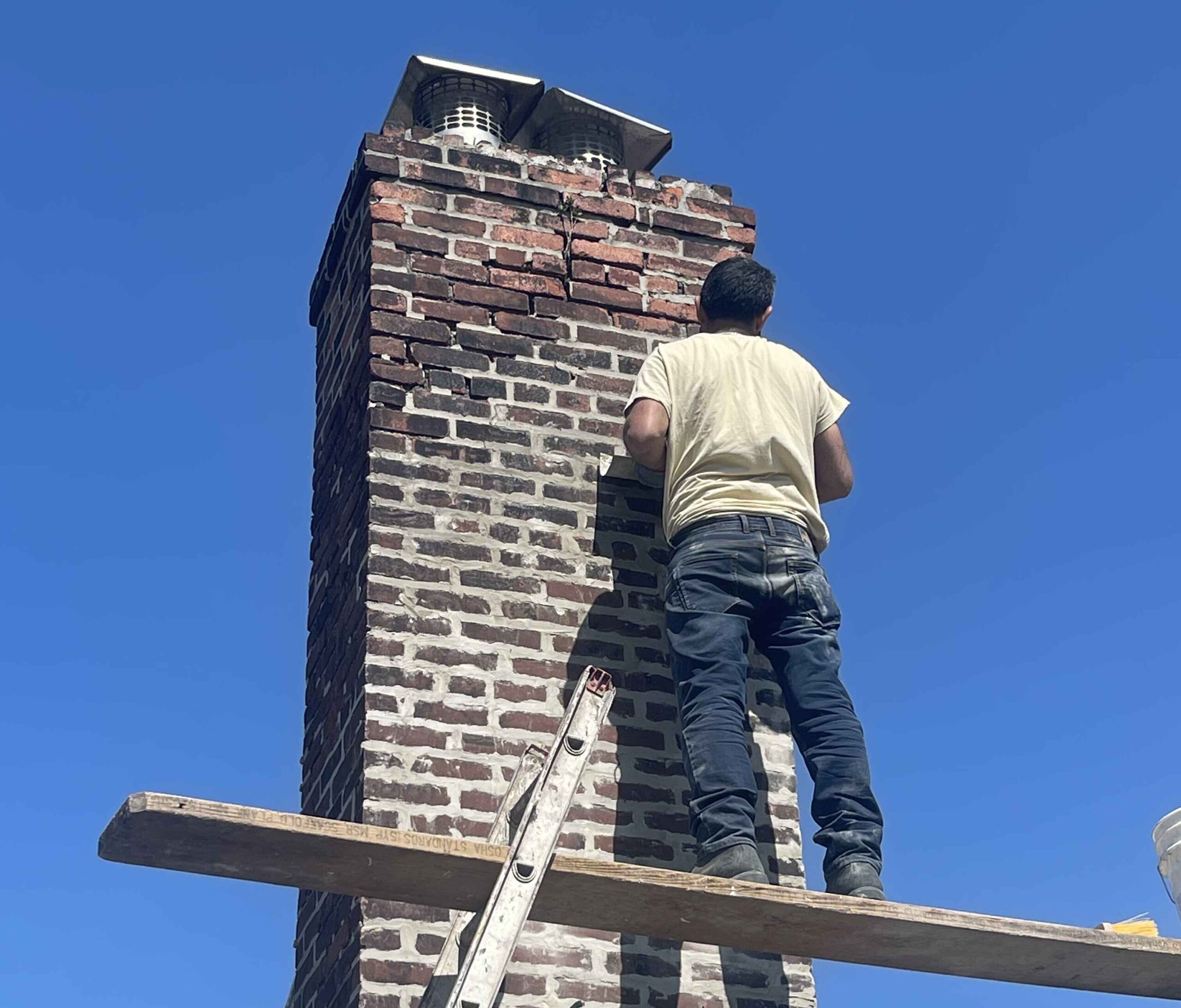
Failing mortar joints in brickwork is an obvious sign of a building’s compromised safety and integrity. Even though brickwork can last for centuries, it does not mean they do not undergo damage. Occasional maintenance programs like tuck pointing NYC is essential to extend the lifespan of brick structures.
As a matter of fact, tuckpointing is the most cost-effective and easiest way to reinstate strength and stability in masonry construction. Over the years, the harsh impact of fluctuating temperatures, moisture, oppressive climate, dirt, and molds cause considerable damage to brickwork. Apart from cracks, you will spot loose or missing bricks, crumbling mortar, etc. It indicates that the mortar between the joints does not have bonding capabilities.
Thus, as a regular brick maintenance project, tuck pointing is crucial. We will take a glance at why tuck pointing is necessary and how it is done.
Tuck Pointing is Obligatory!
Tuck pointing is the process of removing old mortar and replacing it with new mortar. It is similar to brick pointing, only here the mortar color closely matches the brick color, and then fillers or putty lines are installed. The fundamental benefits of tuck pointing are:
- It preserves the structural integrity of a building by restoring strength and stability.
- It restricts further damage to the structure, ensuring enhanced durability.
- Tuck pointing is effective in controlling moisture infiltration to the interiors.
- It improves insulation and curtails energy consumption.
- Black tuck pointing promotes aesthetic appeal and increases property value.
- It encourages a safer and healthier living condition.
How is Tuck Pointing Done?
Though tuck pointing is a cost-effective building maintenance strategy, it is a highly labor-intensive project and demands extensive technical knowledge and skills. Here is how tuck pointing is done.
- Site Preparation- Before project execution, tuck pointing companies ensure that the site is well protected and sealed so that there is no damage to surrounding areas, including neighboring properties. It is always better to set up barriers and warning signs to alert passersby.
- Remove Mortar- After preparing the site, carefully remove mortar from the horizontal and vertical joints with a thick grinder blade. It must be performed with utmost care and precision to avoid damaging the bricks.
- Clean Joints- Before applying fresh mortar, you must ensure there is no debris, as it will not aid proper bonding and adhesion. So, clean the joints thoroughly with a wire brush and vacuum.
- Prepare Mix- Mixing the mortar in the appropriate proportion is one of the most vital steps. Its consistency should be smooth and free from bubbles.
- Fill Joints- Using a mortar gun, gradually fill the vertical joints, followed by the horizontal joints. As one of the basics of tuck pointing, compress the mortar properly so that there is no gap.
- Clean Excess Mortar- Finally, after the process completes, remove excess mortar using a soft brush for a seamless finish.
Hence, tuck pointing is a prerequisite for the overall maintenance of a brick structure. It can save you from costly repairs.






